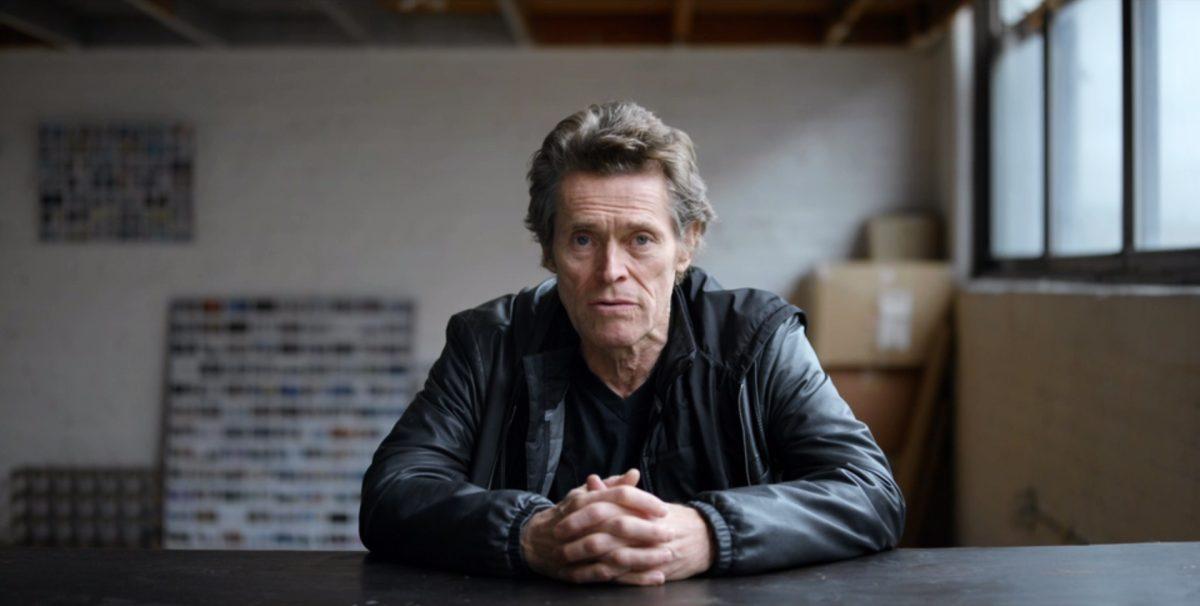
As a child, it is impossible to comprehend the world as adults do. This truth is the nutshell of Hal Roach’s _Our Gang_ short films and their feature-length adaptation, _The Little Rascals_. While those classic films focused on kids during the Great Depression, _The Florida Project_ deals with the effects of the housing market collapse in 2008. Its specific focus is on those living in budget motels right outside of Orlando’s Walt Disney World.
In the film, Moonee (Brooklynn Prince) lives with her mother, Halley (Bria Vinaite), in a bright purple, fortress-like complex that is appropriately called Magic Castle Inn and Suites. Her summer is spent pulling pranks and getting into trouble with her friends Scooty (Christopher Rivera) and Jancey (Valeria Cotto). She sees surprise and adventure at every turn and remains oblivious to her mother’s struggle to make ends meet, which has the same effect on the viewer. The building manager, Bobby (Willem Dafoe), is the gatekeeper between the characters’ contrasting perspectives and is somewhat of an all-seeing eye on the community as a whole.
Moonee is in awe of everything around her; she goes on a “safari” with cows behind the motel and sneaks into abandoned condos with her friends. It doesn’t matter that she will never get to go to the Animal Kingdom or Haunted Mansion; she’s having the time of her life. Prince is a tiny superstar in her role that calls to mind other great performances by children like Jacob Tremblay in _Room_ and Quvenzhané Wallis in _Beasts of the Southern Wild_.
Sean Baker uses several visual techniques to immerse audiences in the details of the locations. He shoots on 35-millimeter film, exaggerating the size of the kids as the camera sits low to the ground and records them running through wide landscapes along U.S. Route 92. Among those landscapes are an orange-shaped fruit store, a gift shop with a wizard on top and an ice cream parlor that looks like the cones it sells.
There is one sequence that winks at the director’s last movie, _Tangerine_. That film was shot on an iPhone with anamorphic lenses and used saturated colors to express vibrancy in a sex worker’s life as well as the subculture of Los Angeles. In _The Florida Project_, the colors are still sun-baked, but they are made softer and more primary to echo a child’s perspective. In both cases, color is used as a tool for audience empathy. Another source of compassion in the film comes from its mixture of veteran, first-timer and nonprofessional acting choices. Watching a seasoned actor like Dafoe improvise with Bria, who was discovered on Instagram, is natural in a way that seems documentary-like.
_The Florida Project_ is a neorealist effort in the vein of last year’s _Moonlight_ (also an A24 picture) because it never resorts to glorification of its subject matter. Baker isn’t condescending toward his characters by sensationalizing their lives or exploiting their environment. The result is a profoundly humanist film that is so authentic in its depiction of sidelined demographics in America that it shatters any notion of us being different from these individuals considered the hidden homeless. Everyone experiences life through a keyhole, but the problem is we are locked behind different doors. Childhood looks the same from any perspective.
MU will hold a free screening of _The Florida Project_ at 8 p.m. on Feb. 21 in Wrench Auditorium.
_Edited by Claire Colby | [email protected]_